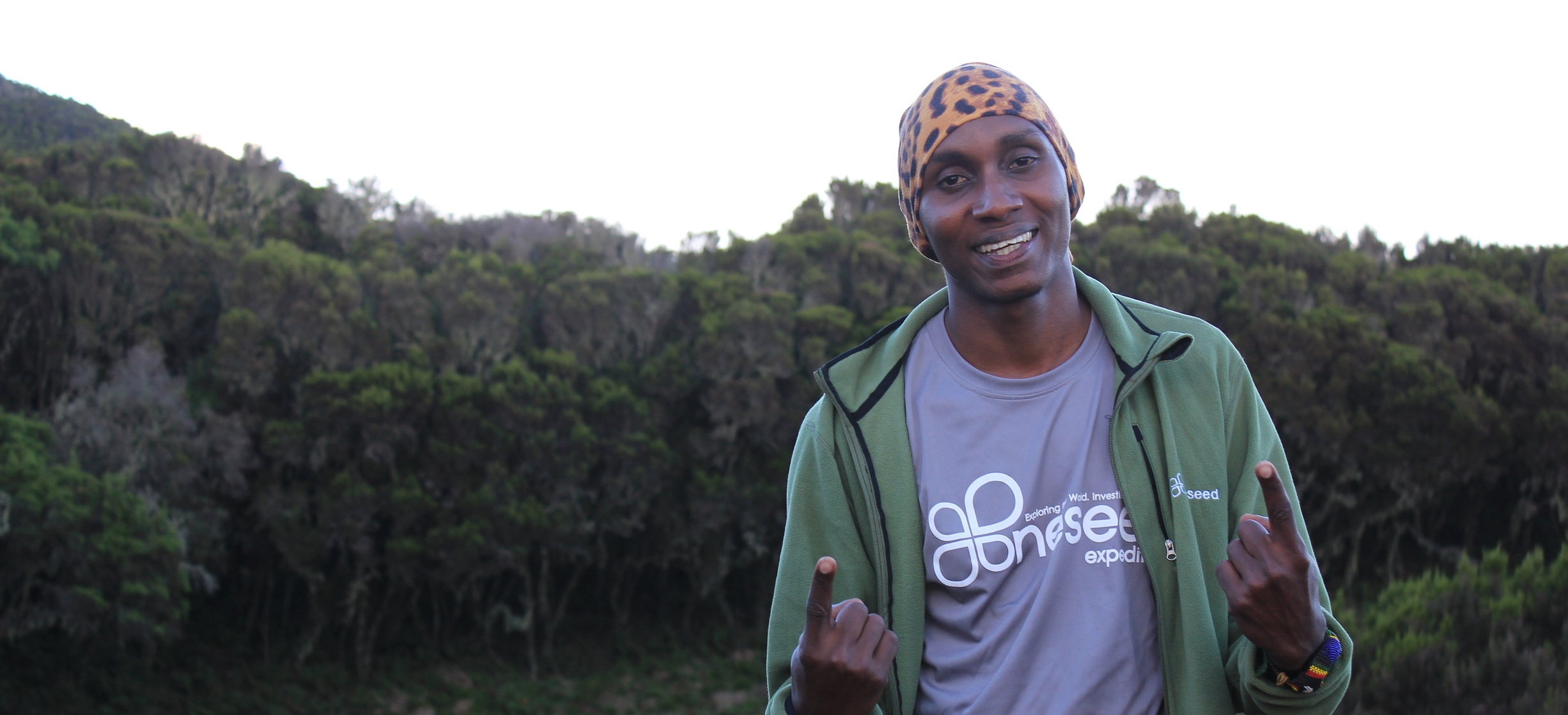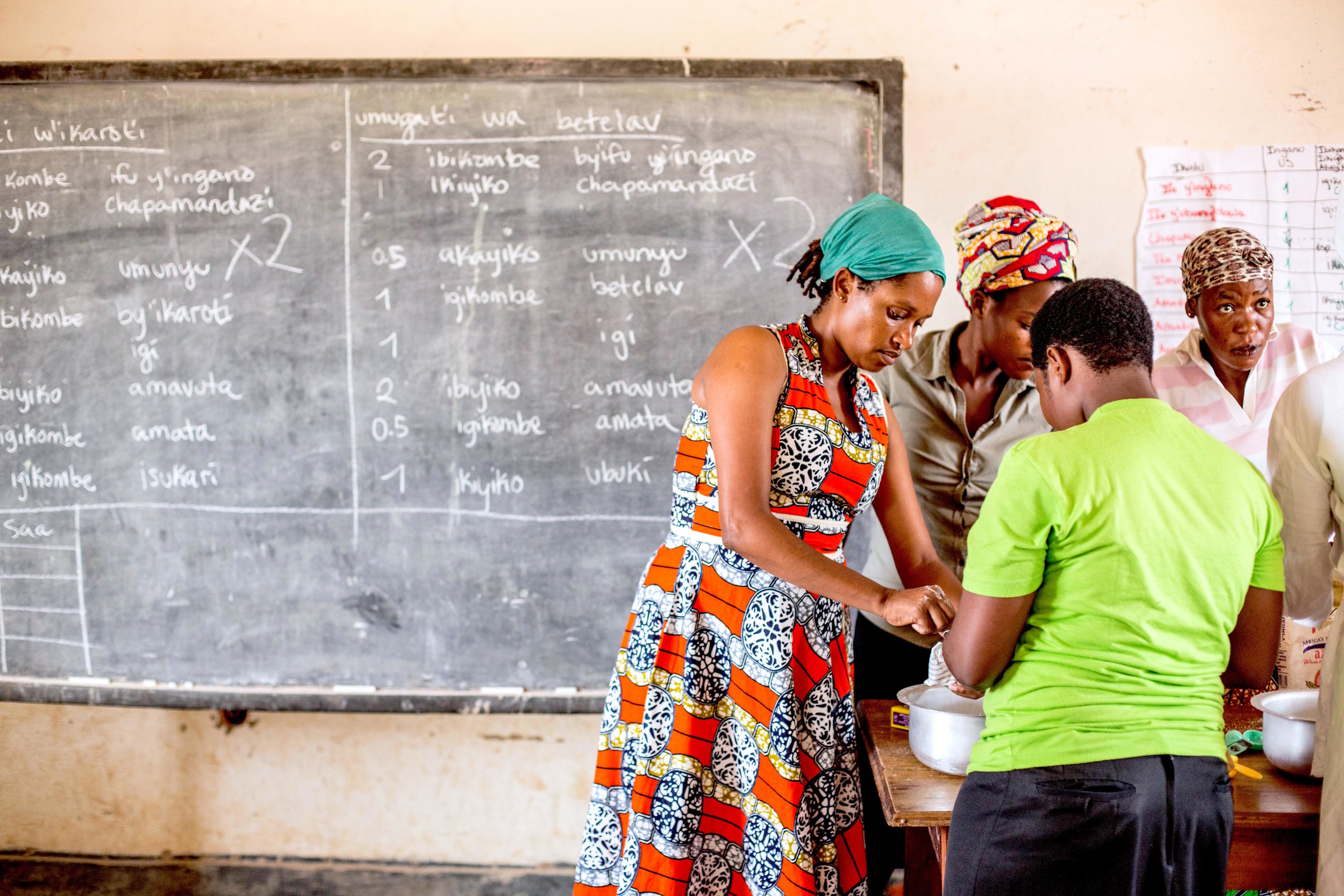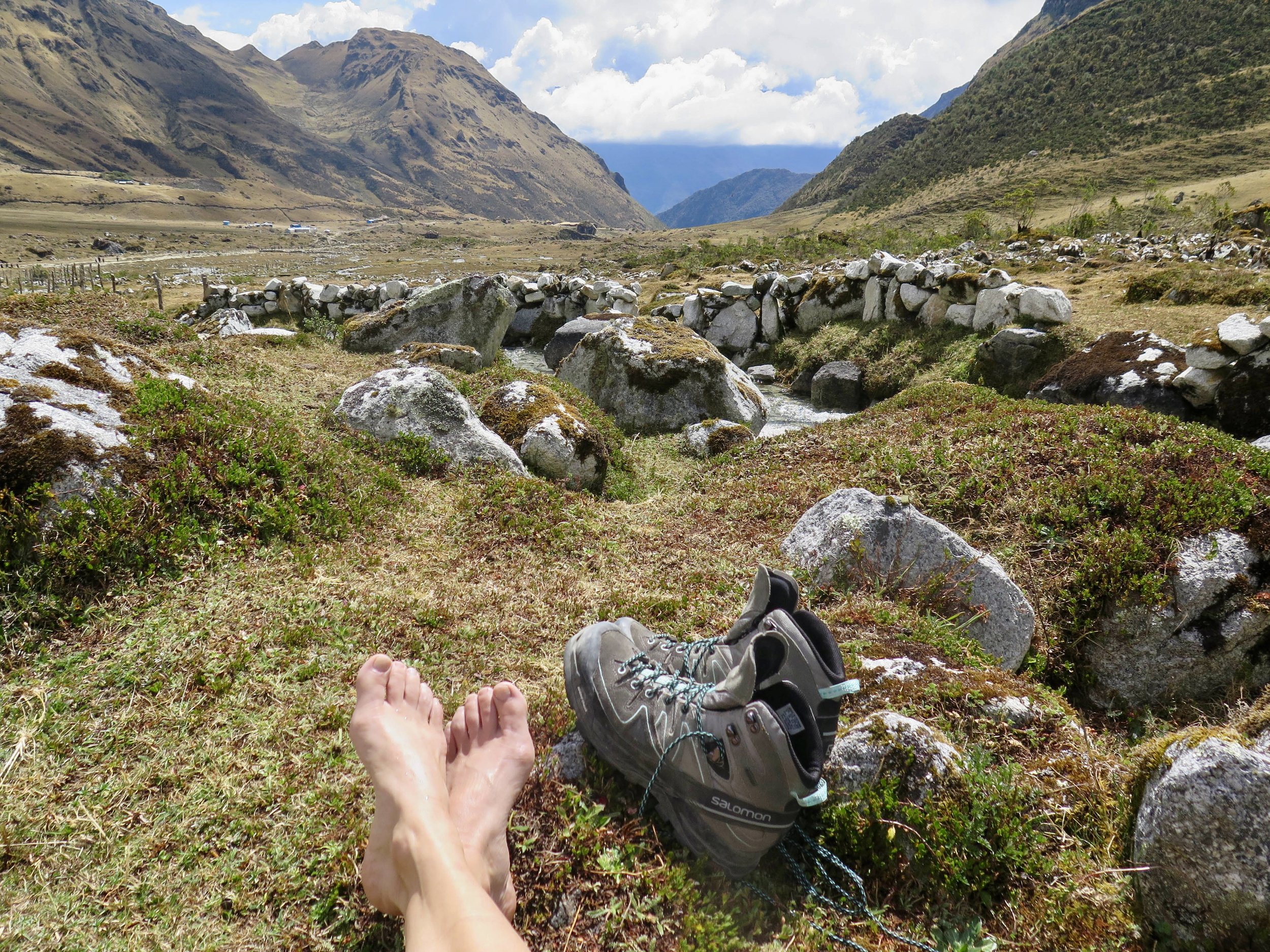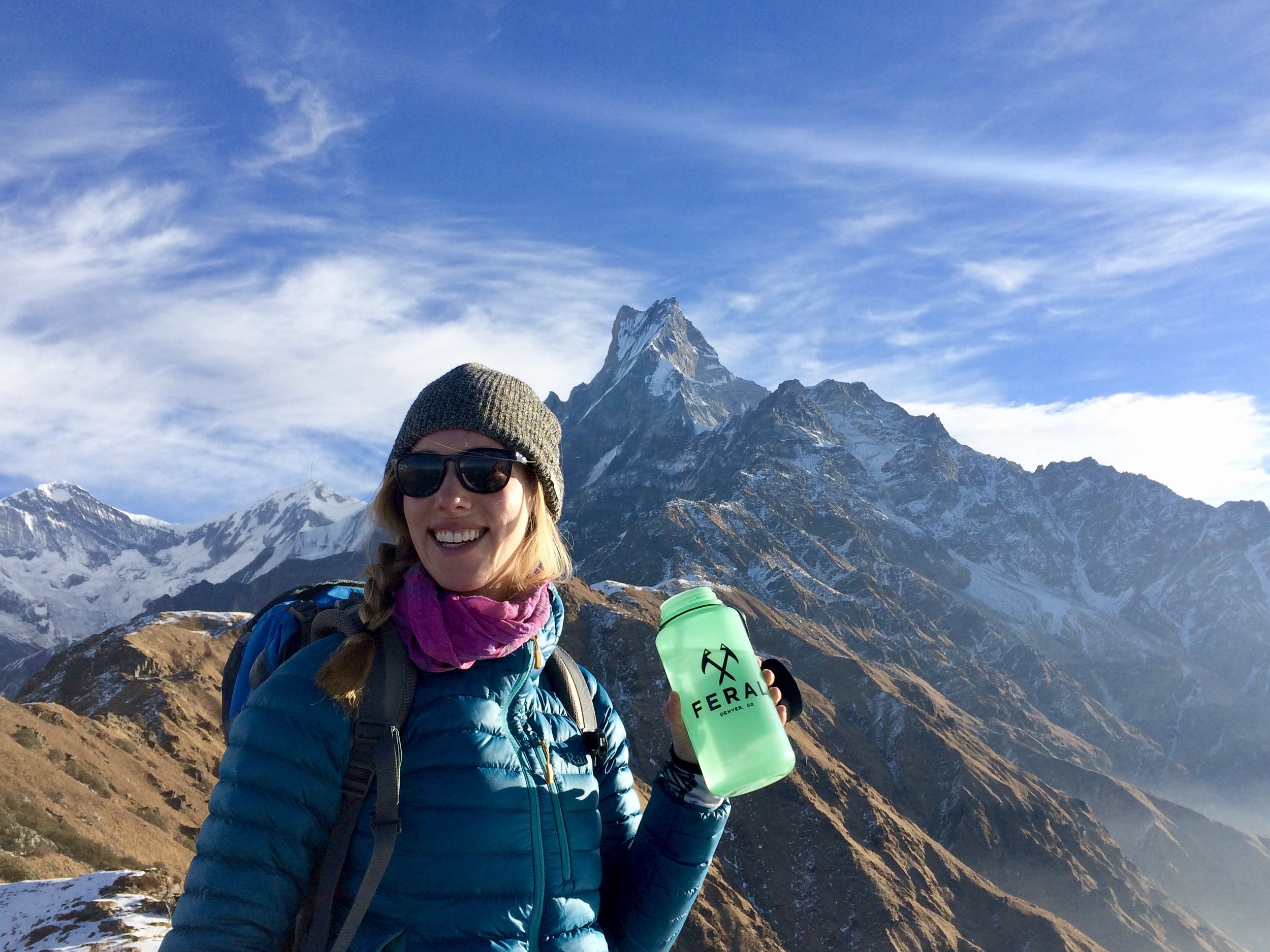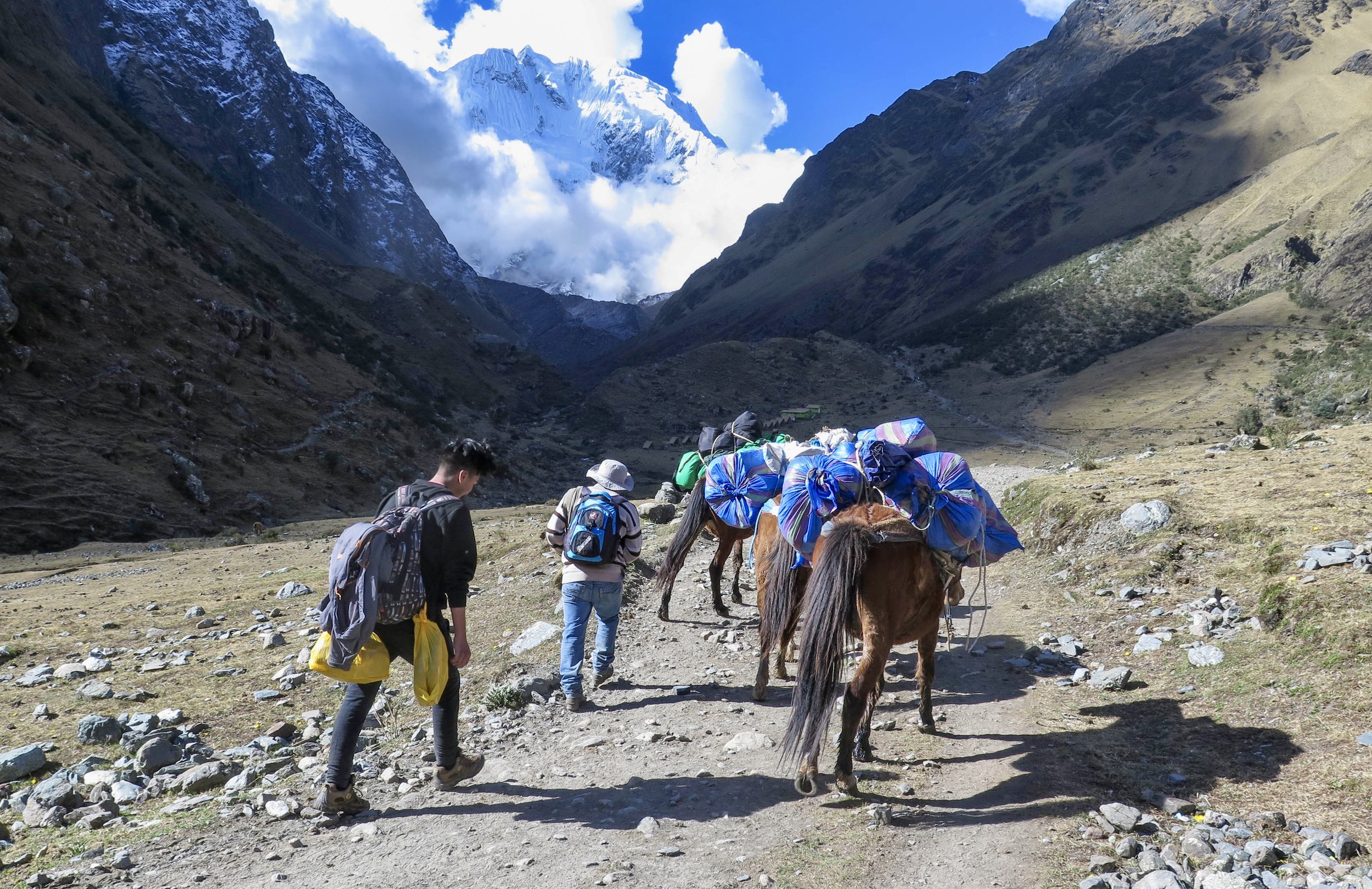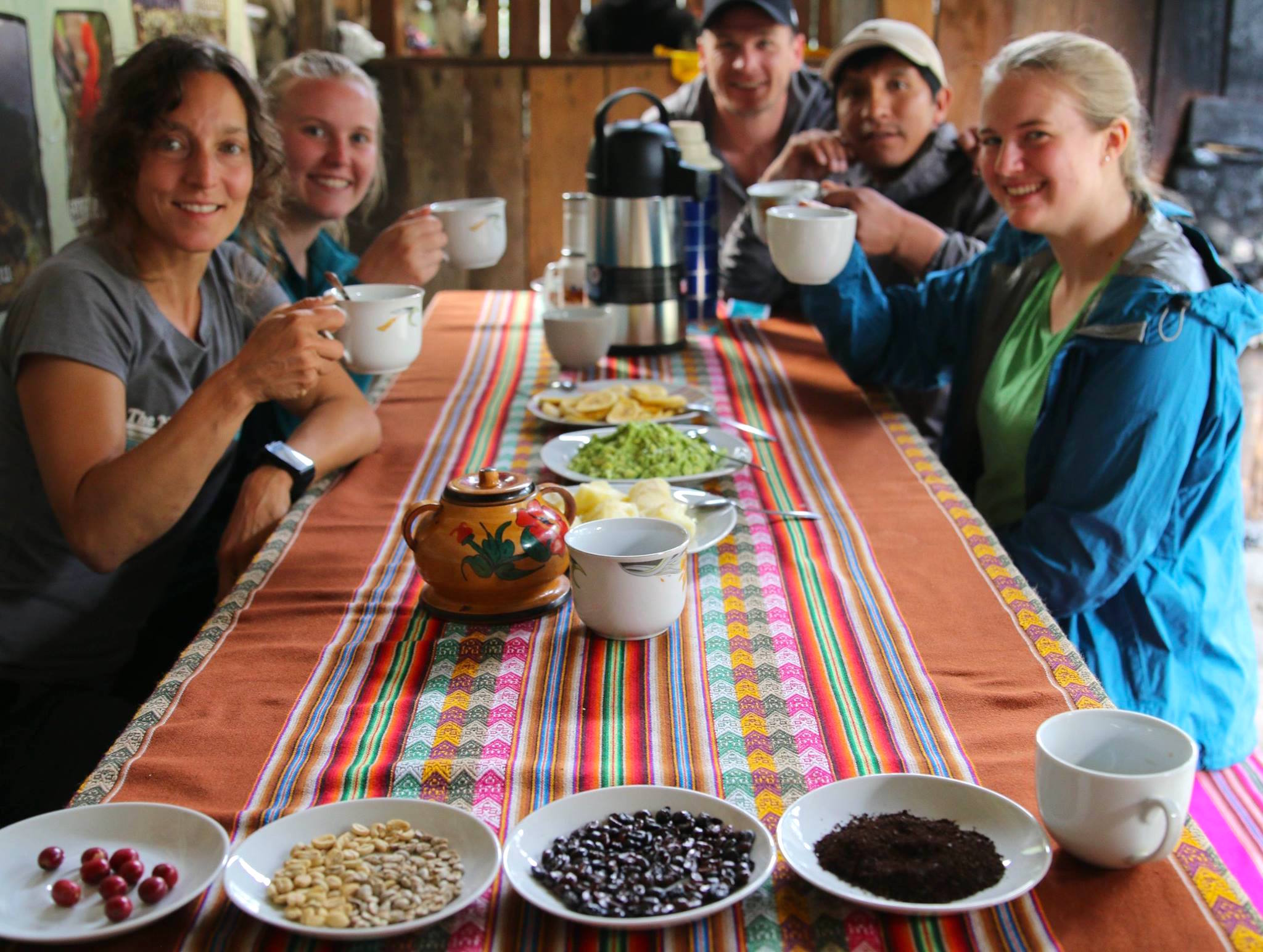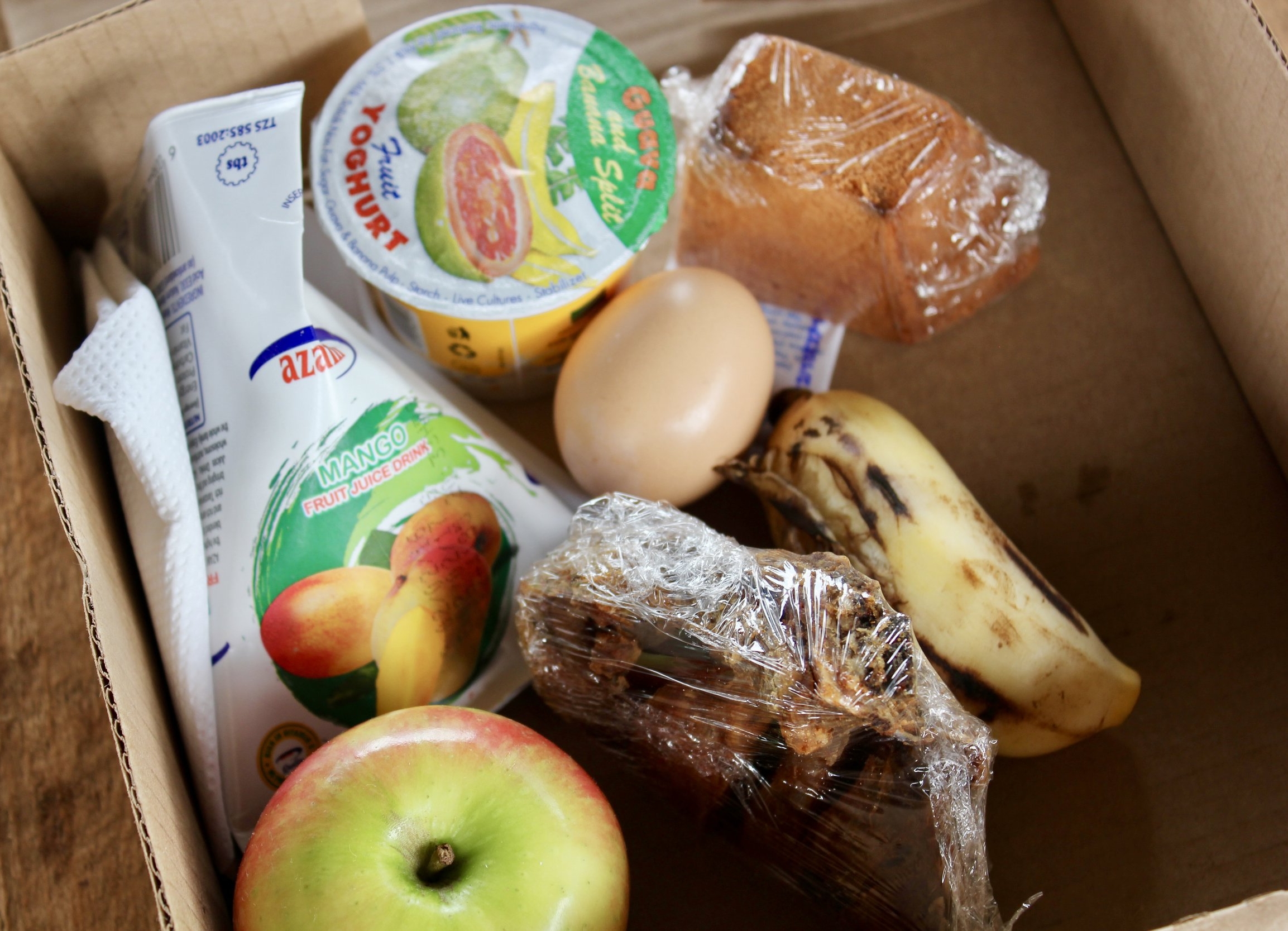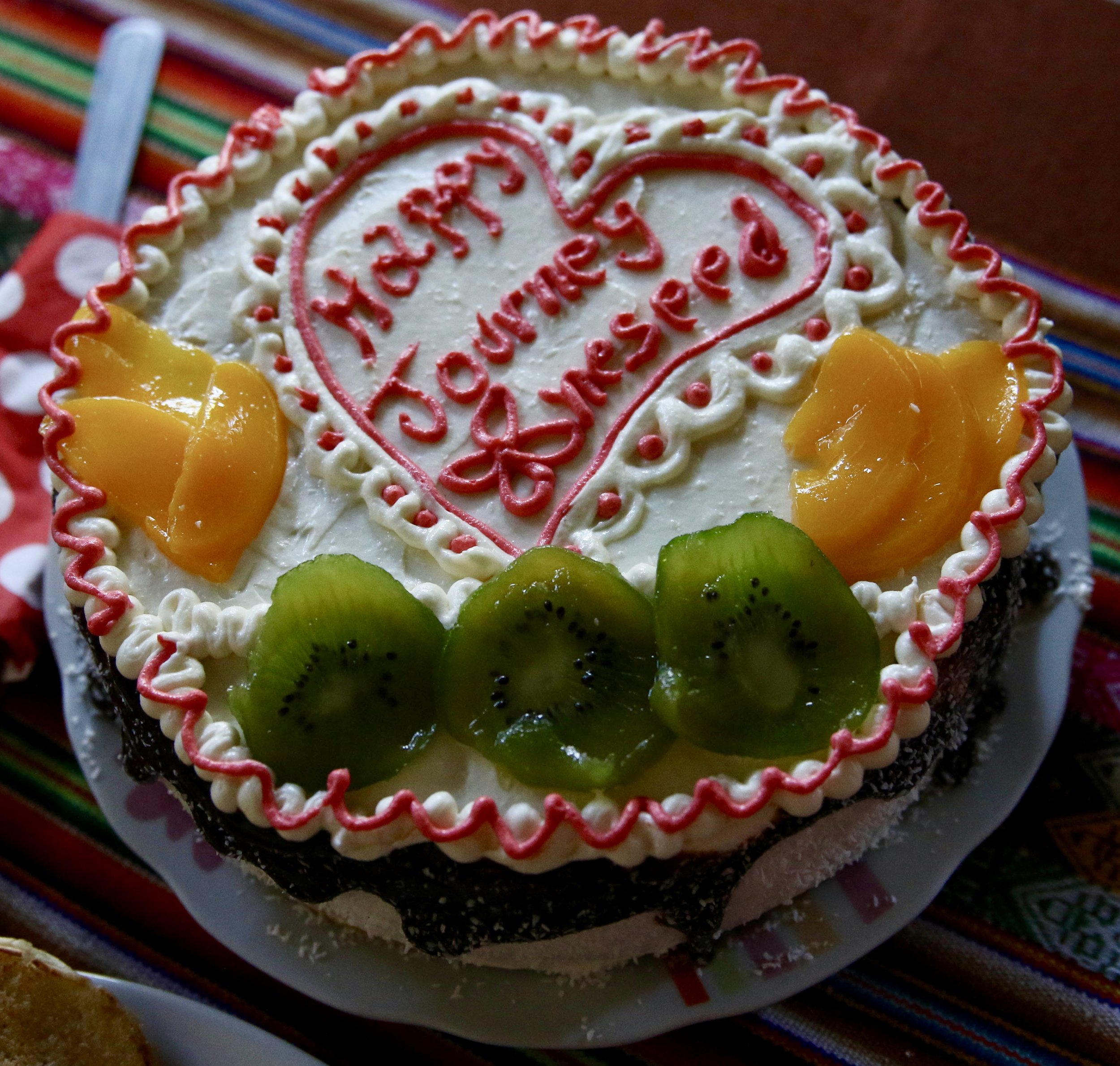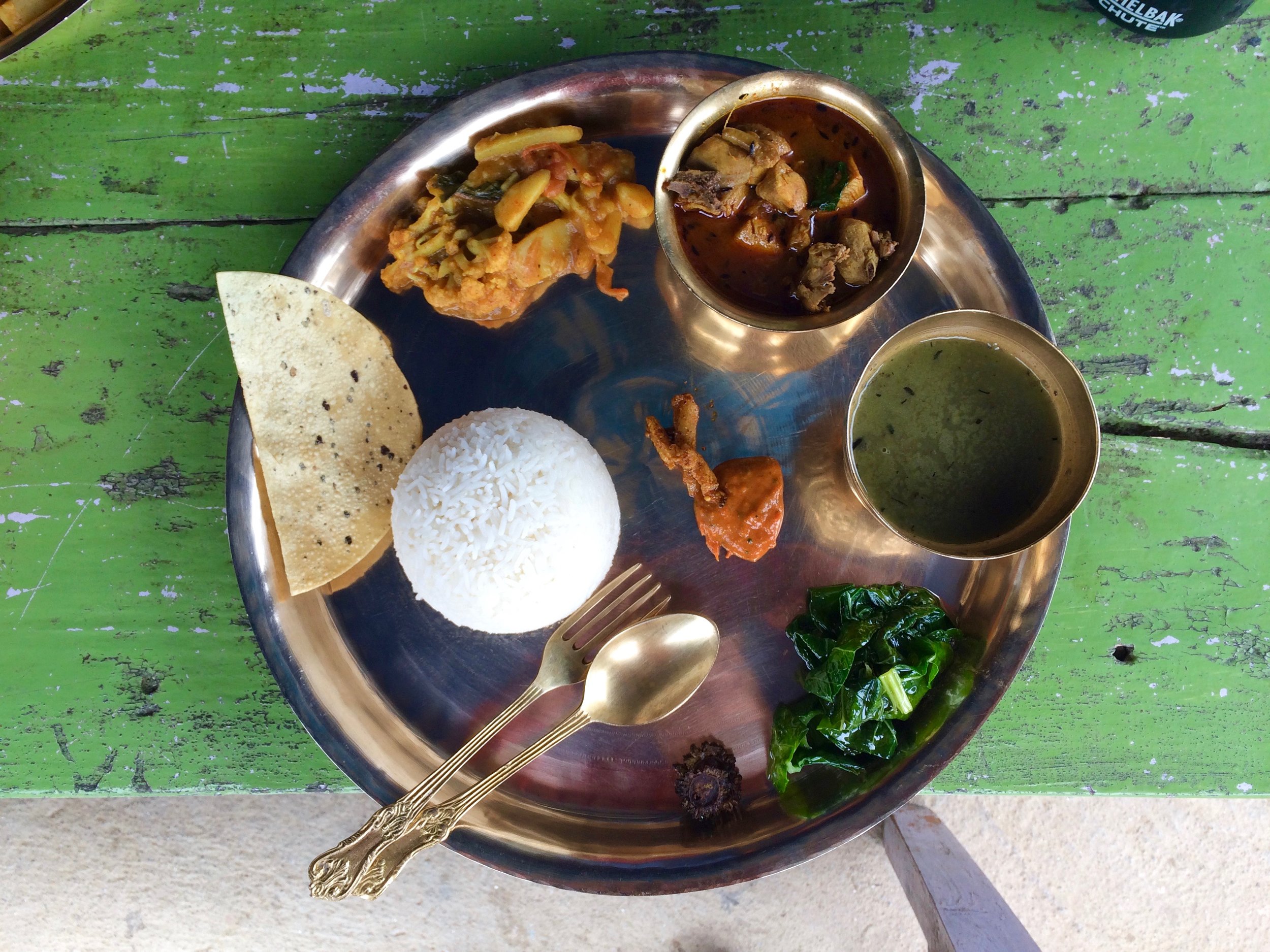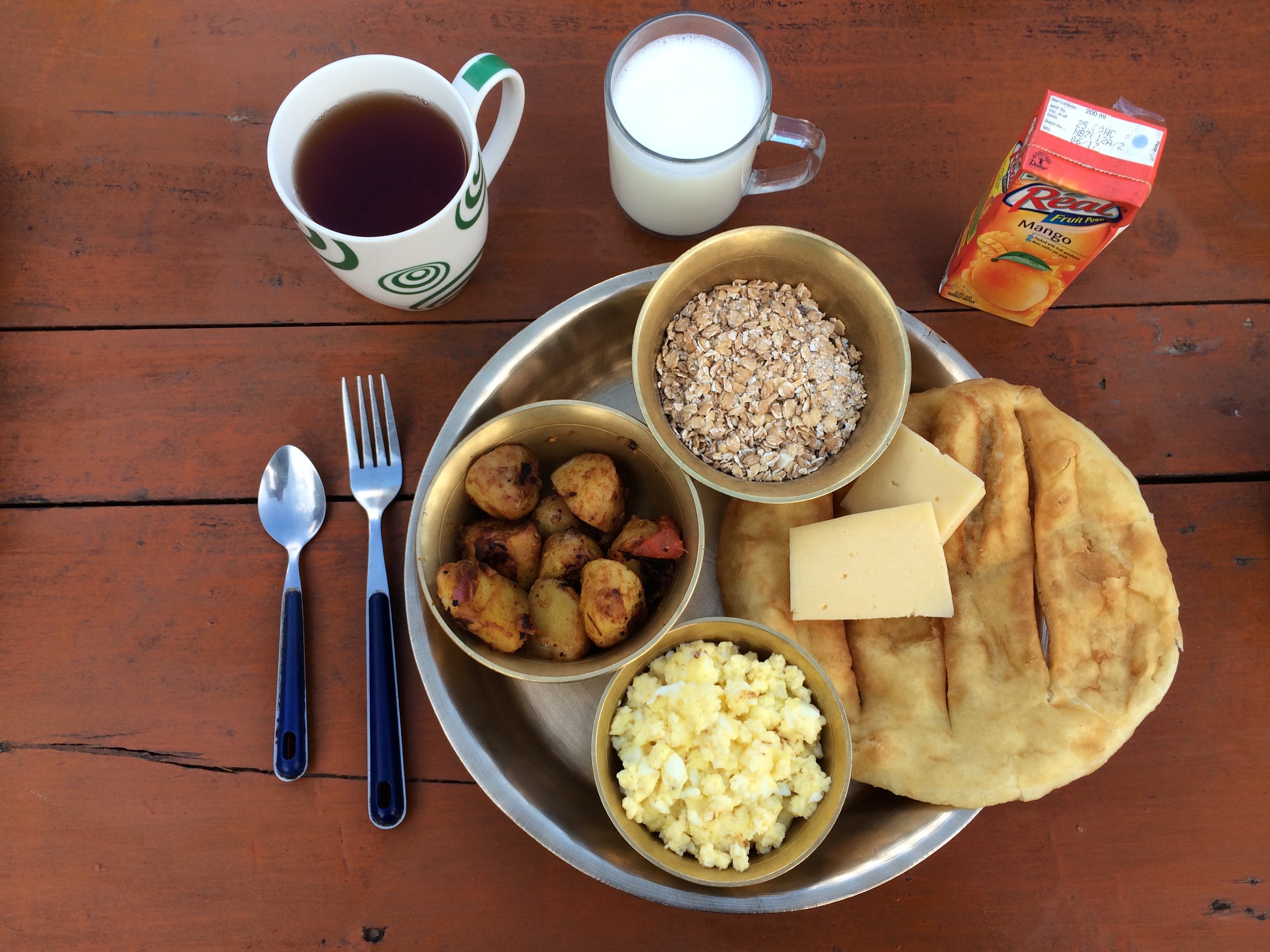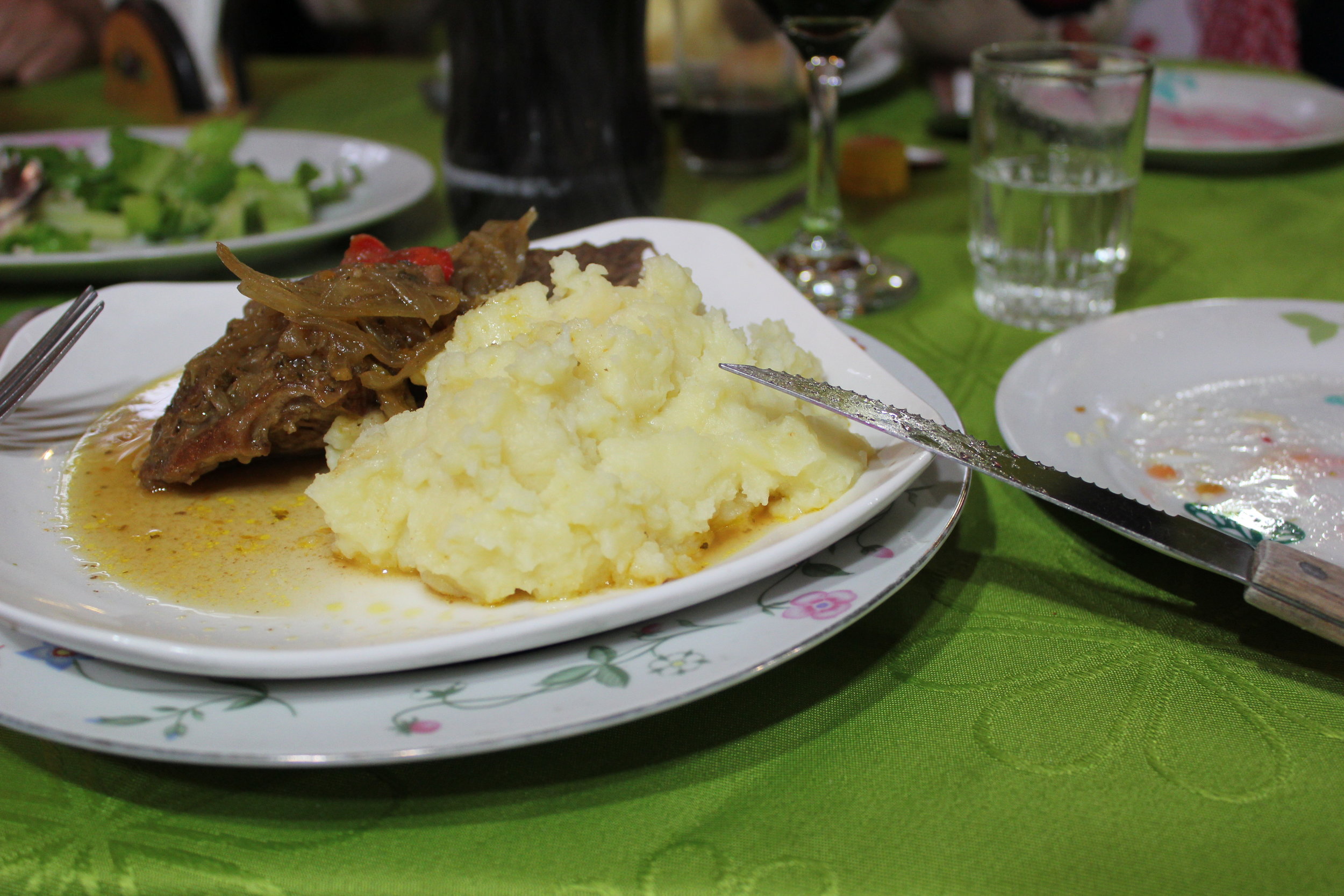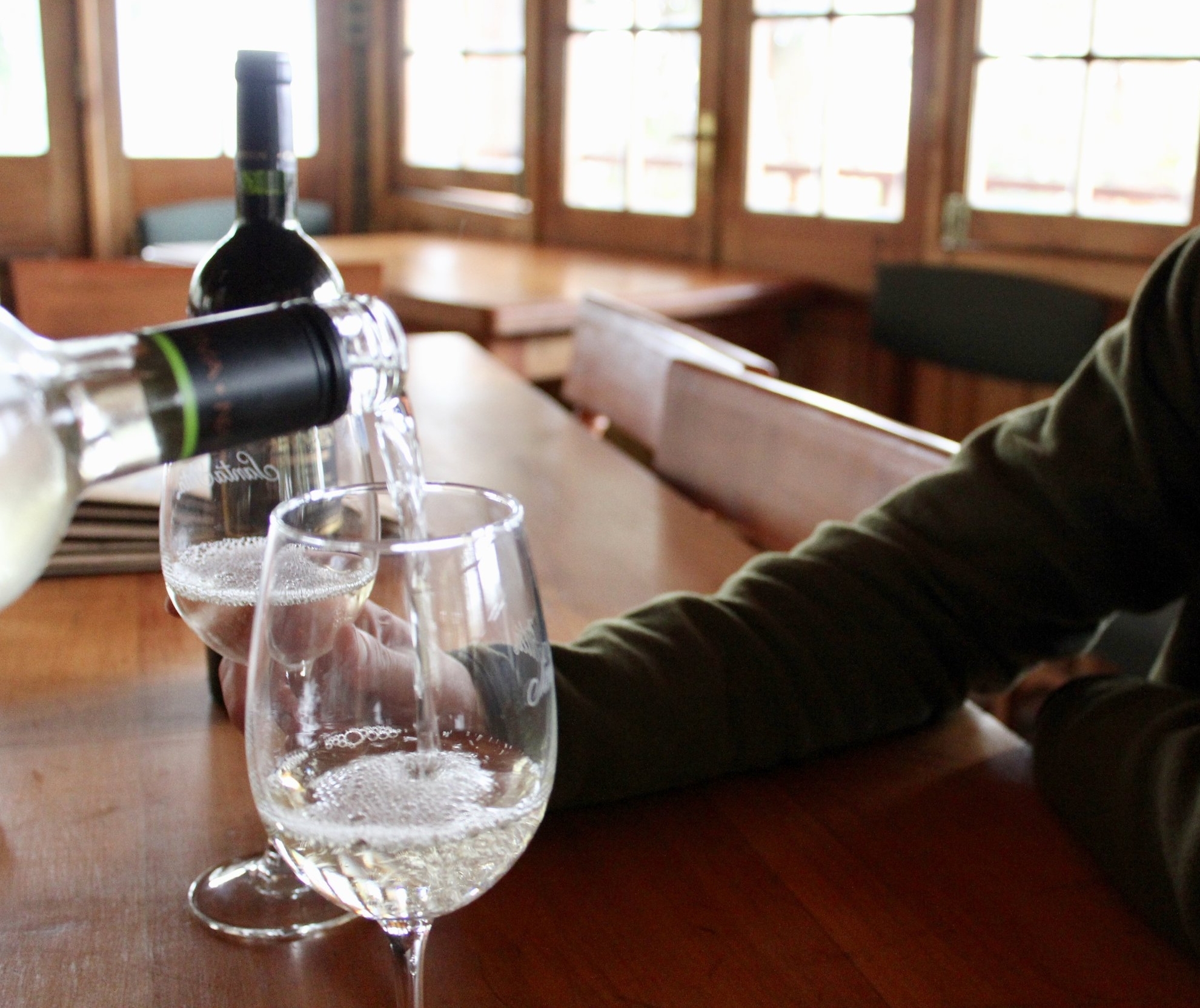OneSeed plays a small role in the big world of microfinance. Here's a run-down of some of the most important questions and issues within microfinance.
1. What exactly is microfinance?
Microfinance is the term used for the provision of financial services to the working poor. Currently, microfinance loans are aiding 160 million people around the globe. For all the visual learners: Check this video out!
2. What is the difference between microfinance and microcredit?
Getting a loan from a bank can be extremely difficult for someone with little cash income. Microcredit is a loan to the microentrepreneur by an MFI (microfinance institution). Microcredit is one component of microfinance. Other growing services include microsavings, microinsurance, and financial training programs offered by a number of MFIs.
3. Why are the interest rates so high?
Microfinance interest rates vary greatly by region and market and average 35% globally. This might seem crazy; however, there are a lot of unseen risks and costs of sustaining an MFI.
Because the loans are typically for small amounts, MFIs need to charge interest to cover administrative costs. If you think about it, giving a $1,000 loan requires the same amount of employee attention as a $25 loan. Giving a large number of small loans is time intensive with smaller returns and administrative costs are around 10-25% of the total loans given.
MFIs take on risk by giving collateral-free loans. Well-established MFIs still lose about 1-2% of their loans. Without physical assets to secure the loan, there is no guarantee and the interest rates help to compensate for that risk.
Inflation and currency exchange rate fluctuation also plays into this problem. For example, in Nepal, the rupee has slowly been losing value against the dollar while annual inflation rates can reach double-digits. Each subsequent month the borrowers pay a portion of their loans, its value decreases against the currency in which may MFIs receive funding. In order for an MFI to grow, the need for additional operational margins (around 5-15%) to compensate for the losses incurred by inflation and currency exchange fluctuation.
Here is a video created by OneSeed’s founder Chris Baker about a field visit in Nepal to follow up on the impact of OneSeed's microfinance loans.
4. What is an MFI?
An MFI is a microfinance institution that provides the microcredit and financial services to microentrepreneurs.
Learn more about our partner MFIs: WEAN, FINAM, and BPW.
5. Are all MFIs non-profit?
Many MFIs began as a non-profits, however, a for-profit sector has developed more recently. For-profit MFIs have drawn on large investments which allow them to distribute more funds by (at times) more efficient means. The challenge for many for-profit MFIs is achieving a balance between financial sustainability and the poverty-alleviation mission of the microfinance sector. At OneSeed, all of our partners have been carefully selected because they meet our criteria and they all also happen to be non-profit MFIs.
Here are some of the most prominent global MFIs and organizations furthering the mission of microfinance:
Grameen Foundation was an expansion of the Grameen Bank, which began in 1976 in Bangladesh. The foundation remains non-profit but the bank has converted to for-profit.
BRAC is the largest MFI in the world aiding 126 million people with its non-profit services.
Compartamos Banco is based in Mexico and is most known for is success after converting from a non-profit to a for profit. Its share price increased 22% in the first day of trading. However, the bank has received criticism surrounding the extreme profitability of the company and its interest rates of up to 90%.
Truelift is designed to rate how well an MFI serves those living in poverty. They give their ‘Pro-Poor Seal of Excellence’ to MFIs who meet their standards.
Cerise is a network for MFIs to share and learn from one another.
6. What are some of the risks or controversies?
The provision of financial services is neither without risk nor controversy. As the field of microfinance has grown and evolved, predatory lending practices and a lack of risk management by a small number of MFIs have raised important and fundamental critiques of lending practices.
Although similar movements have occurred in other Latin American countries, the “No Payment Movement” in Nicaragua is a prime example of one of the risks with microfinance. In 2008, several thousand people occupied an MFI in the city of Jalapa. The protesting turned violent and the leaders of the movement demanded that Congress accept a 10 year amortization period with 8% APR or less for all loans. This movement has put many MFIs at risk and therefore reduced the available microcredit in Nicaragua.
In India, there have been cases of suicide due to unpaid microcredit loans. When interest rates skyrocket and borrowers are unable to repay their loans, a cycle of debt can result in personal financial ruin.
OneSeed works with carefully selected MFIs that meet our criteria of low-interest rates and high social performance. While microfinance is an important tool that aids millions of people, we recognize the importance of supporting best practices that support the poverty alleviation goals of OneSeed and our partners.
7. What happens to the 10% after my trek?
In the subsequent month after your trip, OneSeed sends the money to partner MFIs in all over the world. The MFIs disburse the loans in local currency and begin to pay back OneSeed the following month in that currency. While our partners charge an extremely low interest rate compared to the national average (BPW: 10%, WEAN: 15%, FINAM: 30%), OneSeed does not charge any interest. We receive exactly what we gave (minus the inflation rate).
Interested in learning more? Check out the resources below:
Books:
Websites:
Videos:










